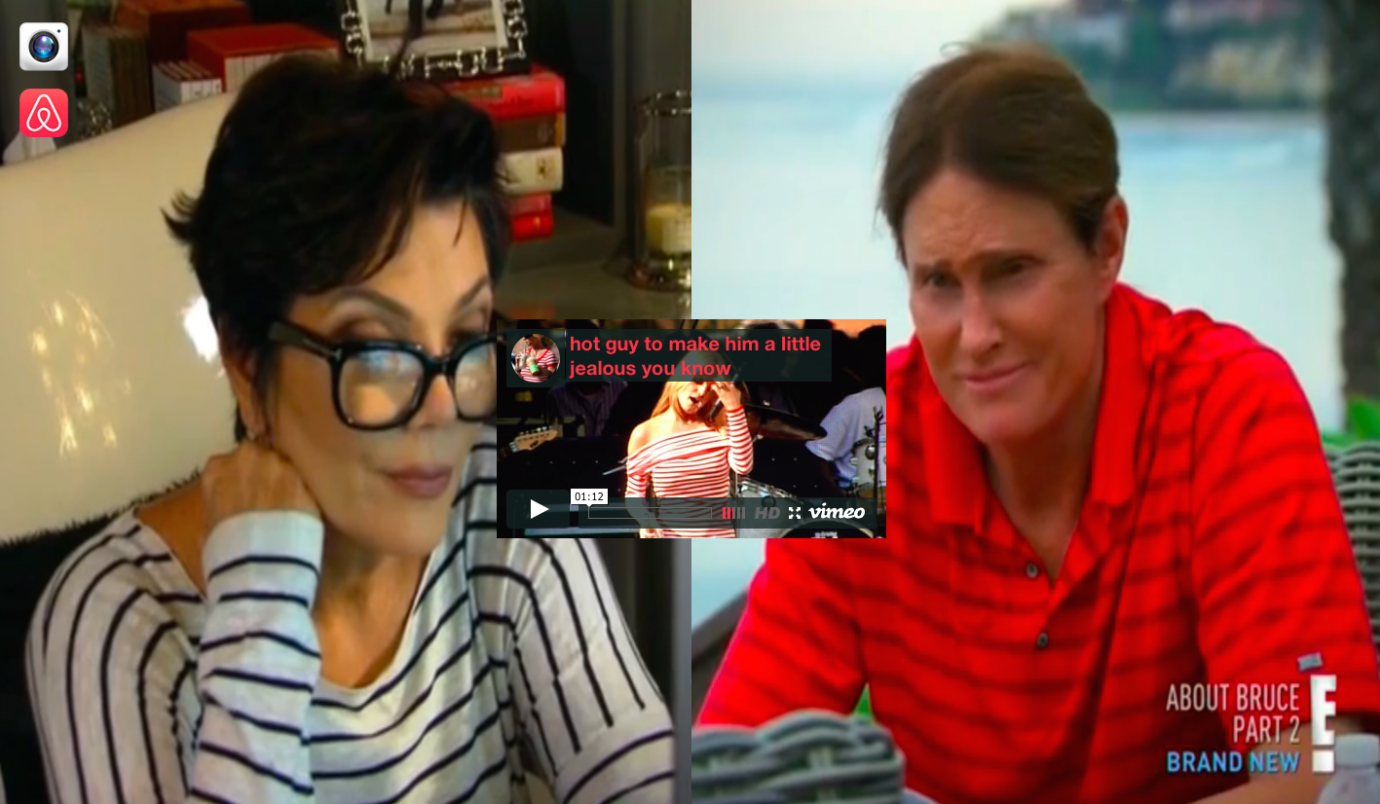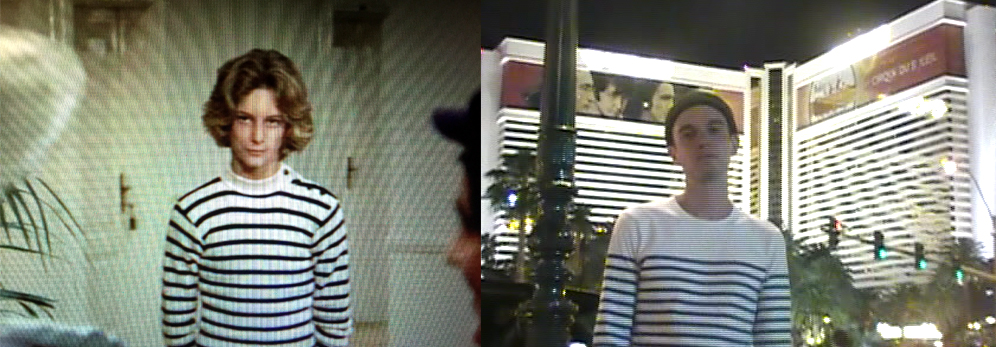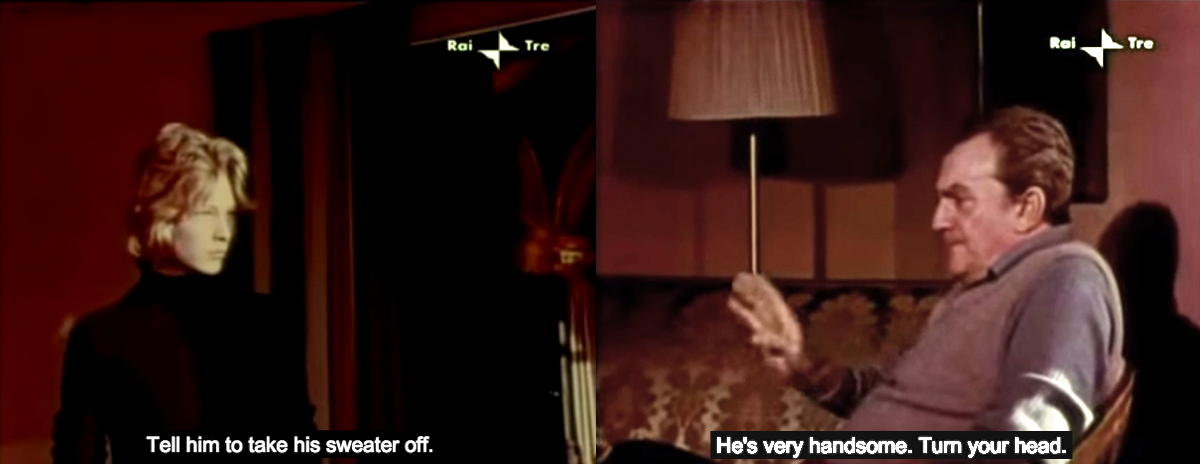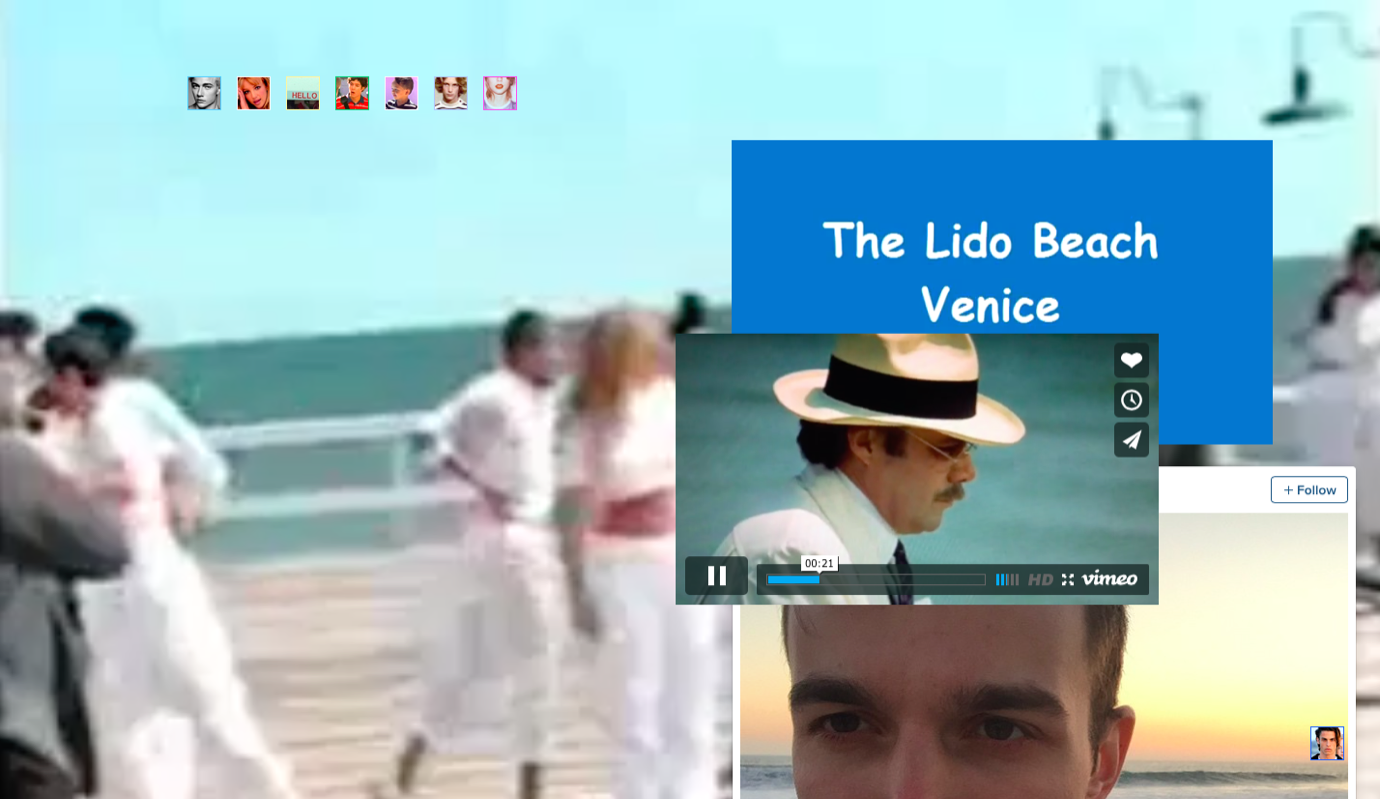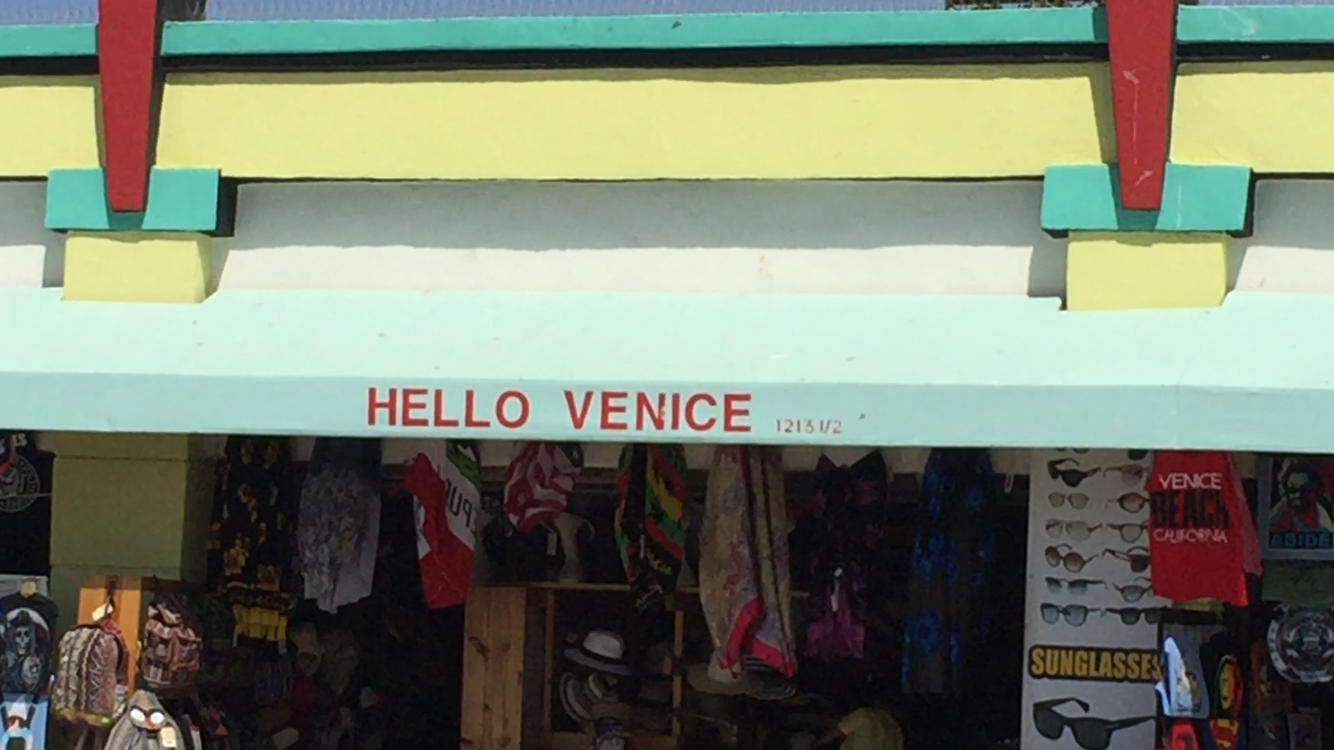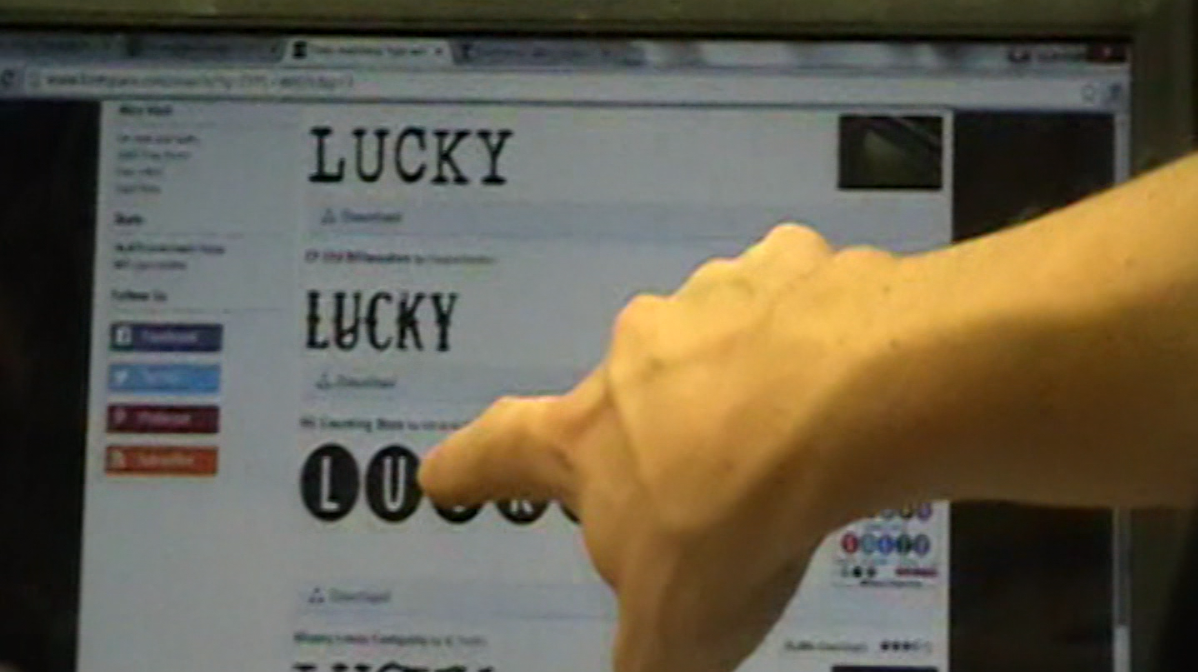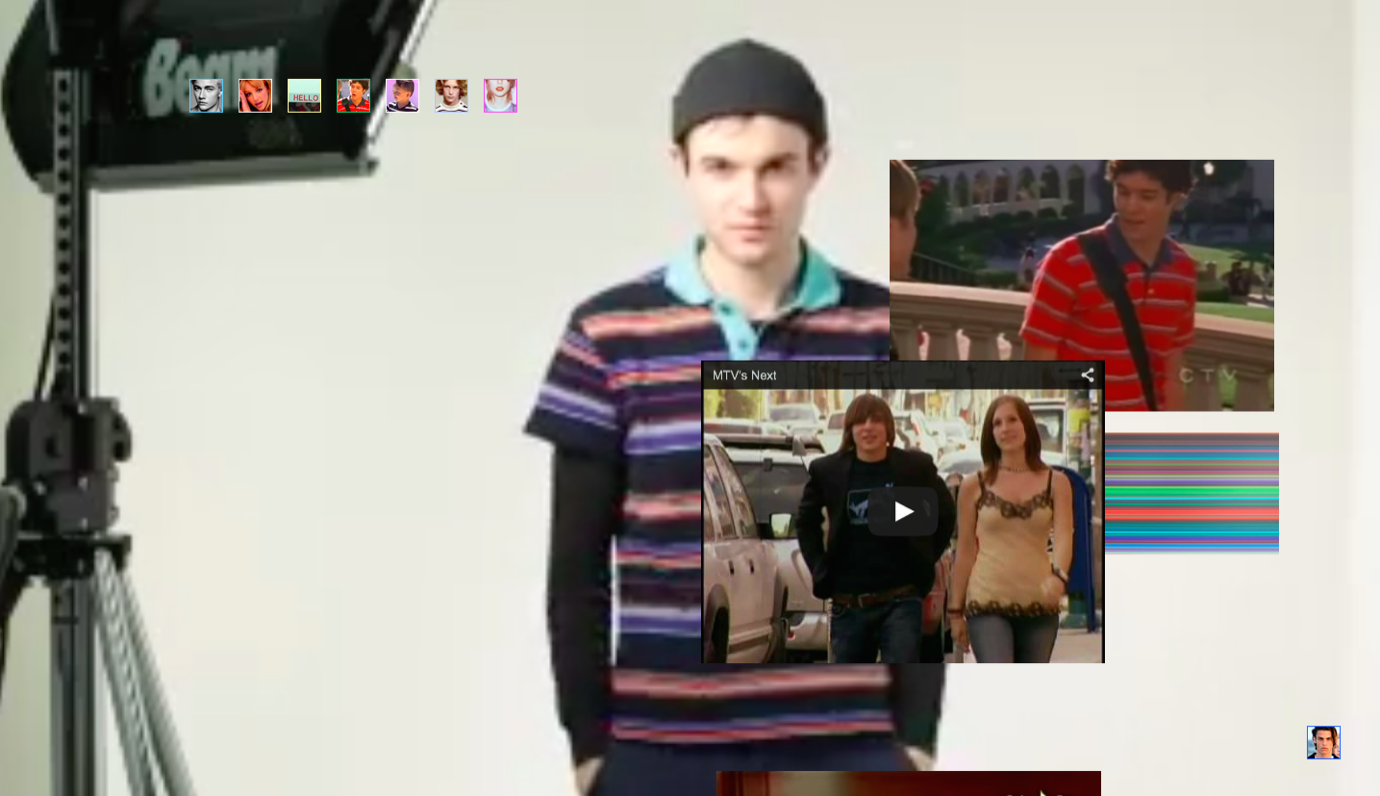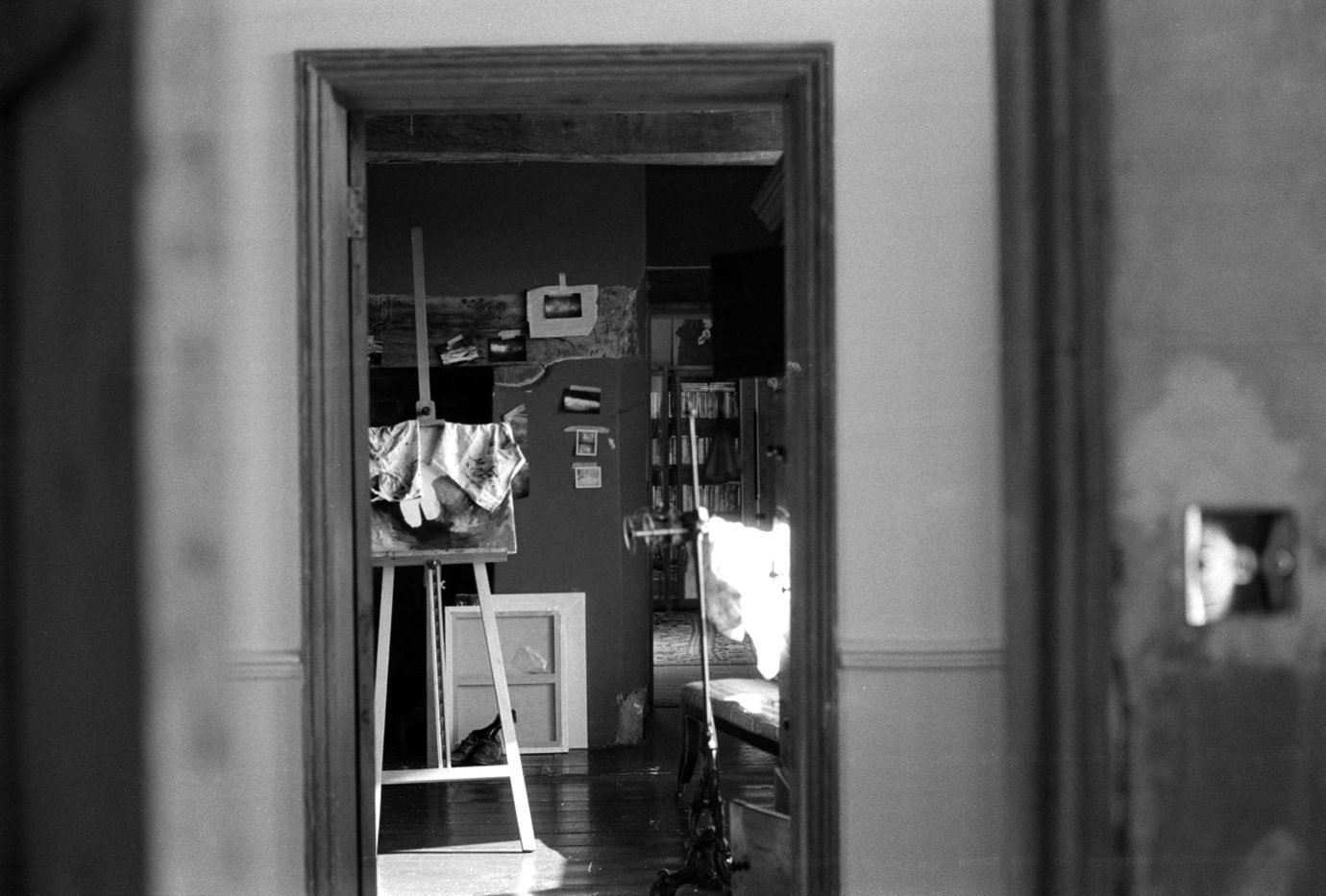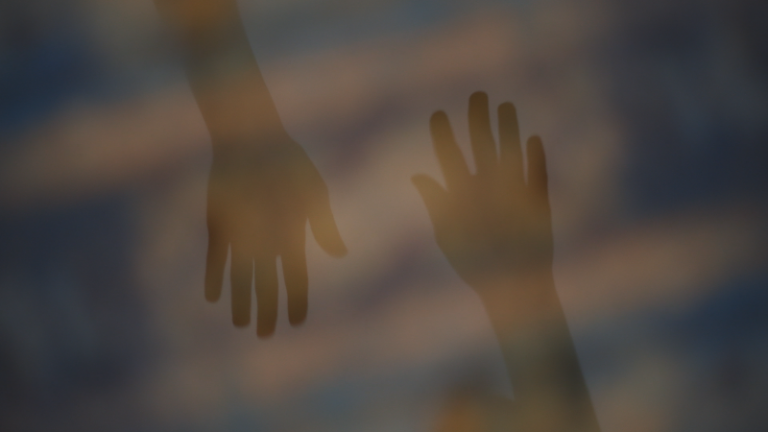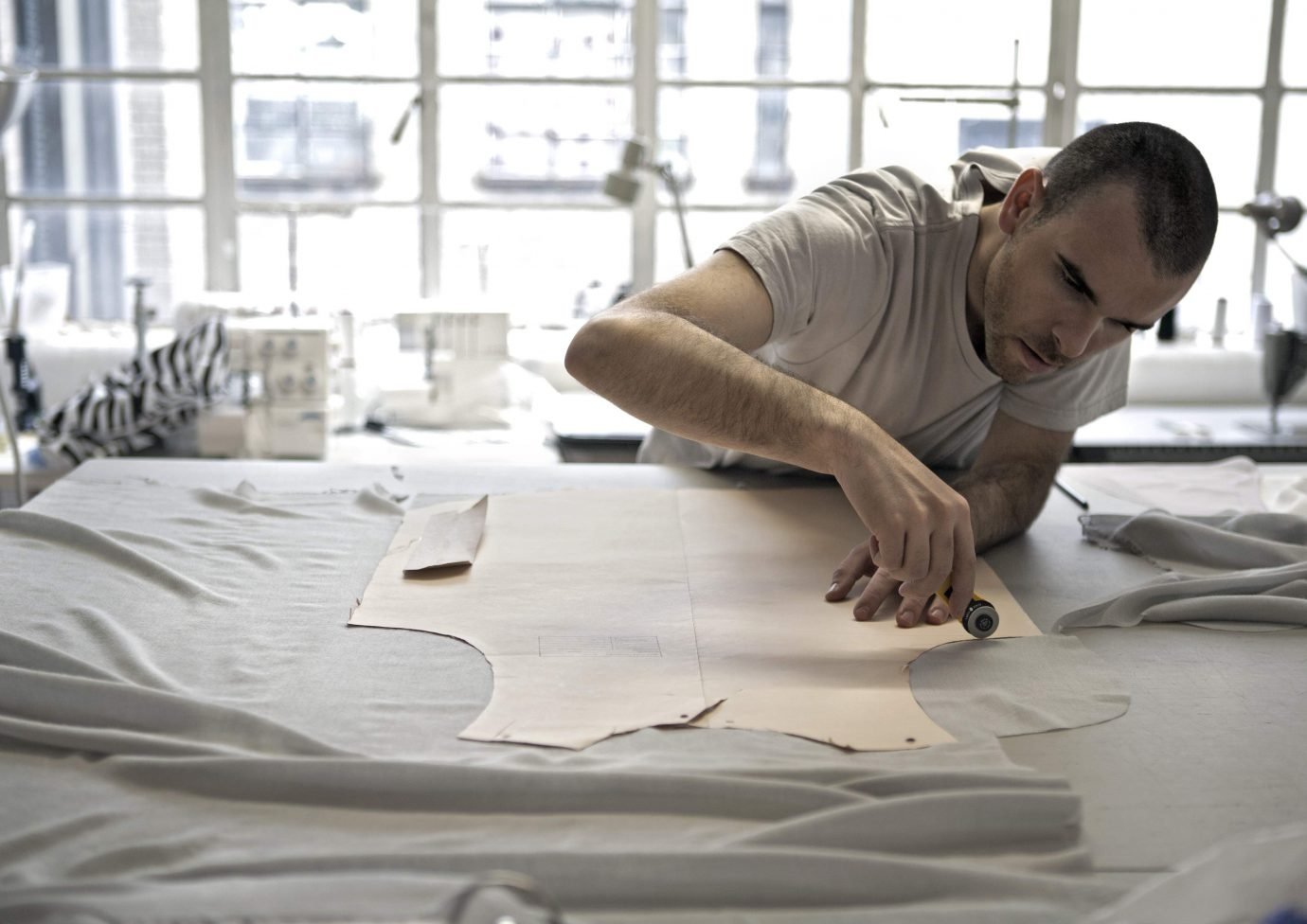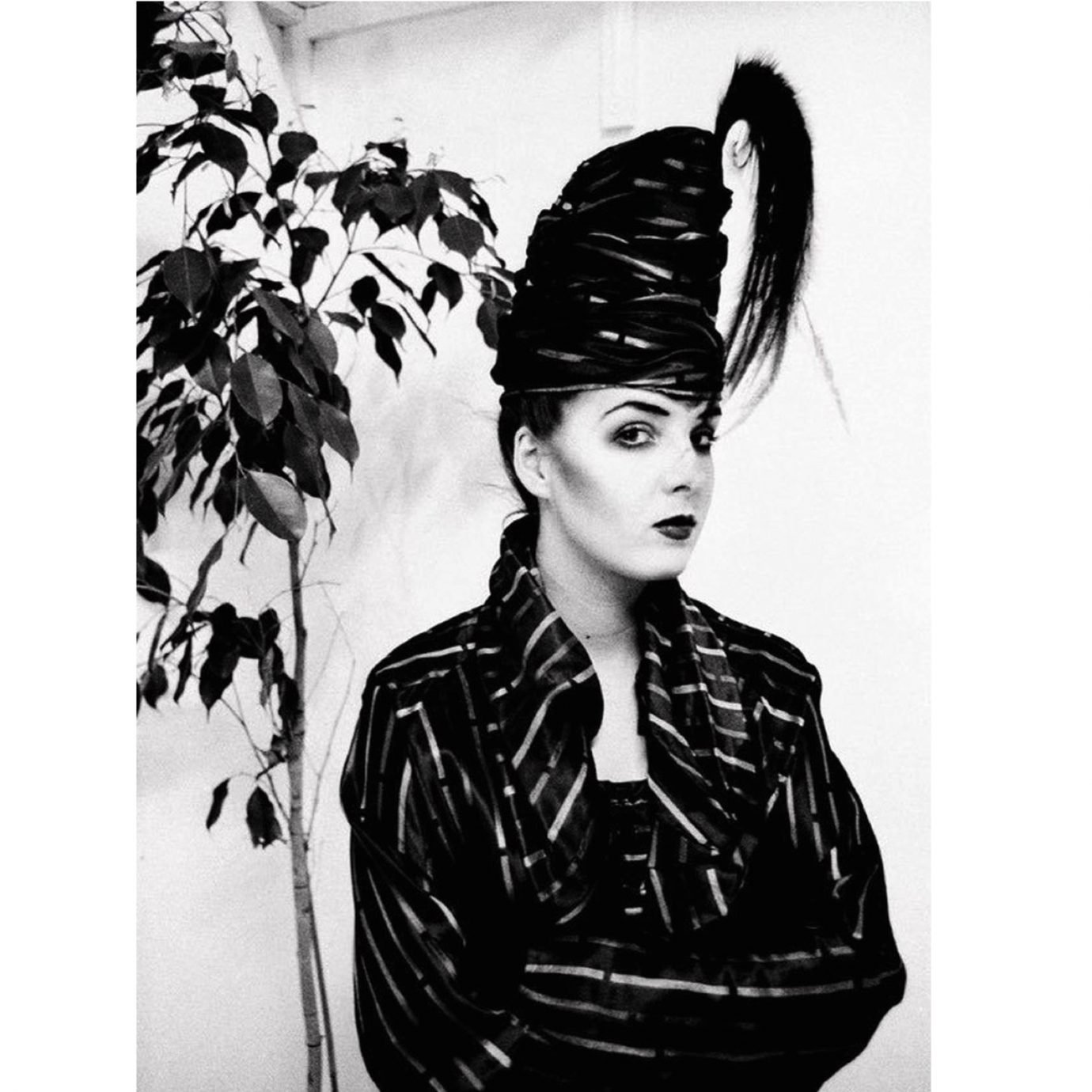Originally from Germany, Dominik had his first artistic training in Paris, where he did a foundation course in Fine Art. As a testament to his cross-disciplinarity, his art foundation subsequently led him to Antwerp in Belgium, where he began studying fashion design at the prestigious Royal Academy of the Arts. However, it was there that he was finally confronted with the extent (or lack) of his interest in the actual design-process: “I realized quickly during my time there that making clothes wasn’t what I wanted to do,” he tells me. “I came to London to do something visual again.” Still with fashion on his mind, he joined the idiosyncratic Fashion Communication and Promotion BA at Central Saint Martins. What does he understand by such an ambiguous discipline, I ask him? “I was never really into the ‘promotion’ bit,” he answers, as he explains his practice. “Which is maybe why I ended up with something immaterial.”
“I WANT TO LIVE LIFE, BUT THEN ALSO REFLECT ON IT THROUGH MY WORK, OR WHATEVER I DO AND PUT OUT THERE.”
Dominik’s work is difficult to pin-point in terms of medium, discipline or format, but considering it through ‘communication’ certainly enables a reading of his multifaceted research-based projects. Using the vastness of the Internet as his source material as well as work space and exhibition-space, he manoeuvres and collides the many mediums that exist within the Web: YouTube-videos, GIF-loops, screenshots, audio files, just to name a few. He describes it as “an online sketchbook with moving and still images,” and emphasise the appropriating/re-blogging nature of his work: “some images are mine, some are from others. They all exist as data in fibre-optic cables, and then sit together on your screen and tell a little story.” His truly web-based, multimedia practice allows for a conceptual and narrative-rooted investigation into quite complex or vague phenomena that are difficult to otherwise put into words or exemplify in an art piece or fashion garment.

